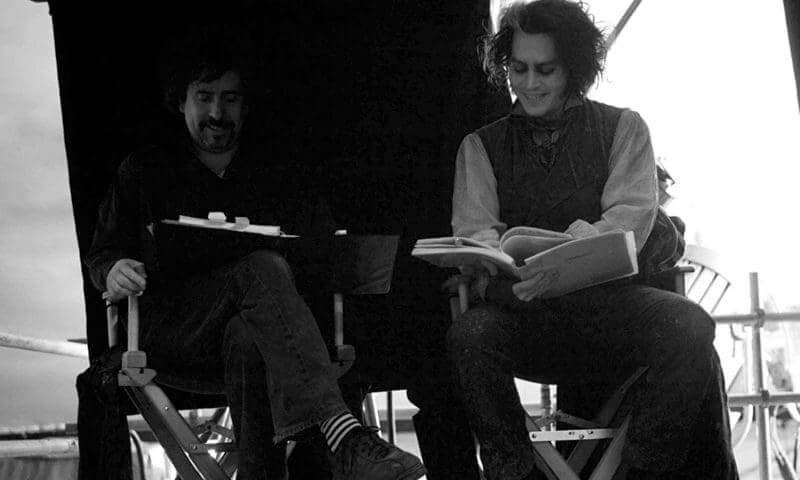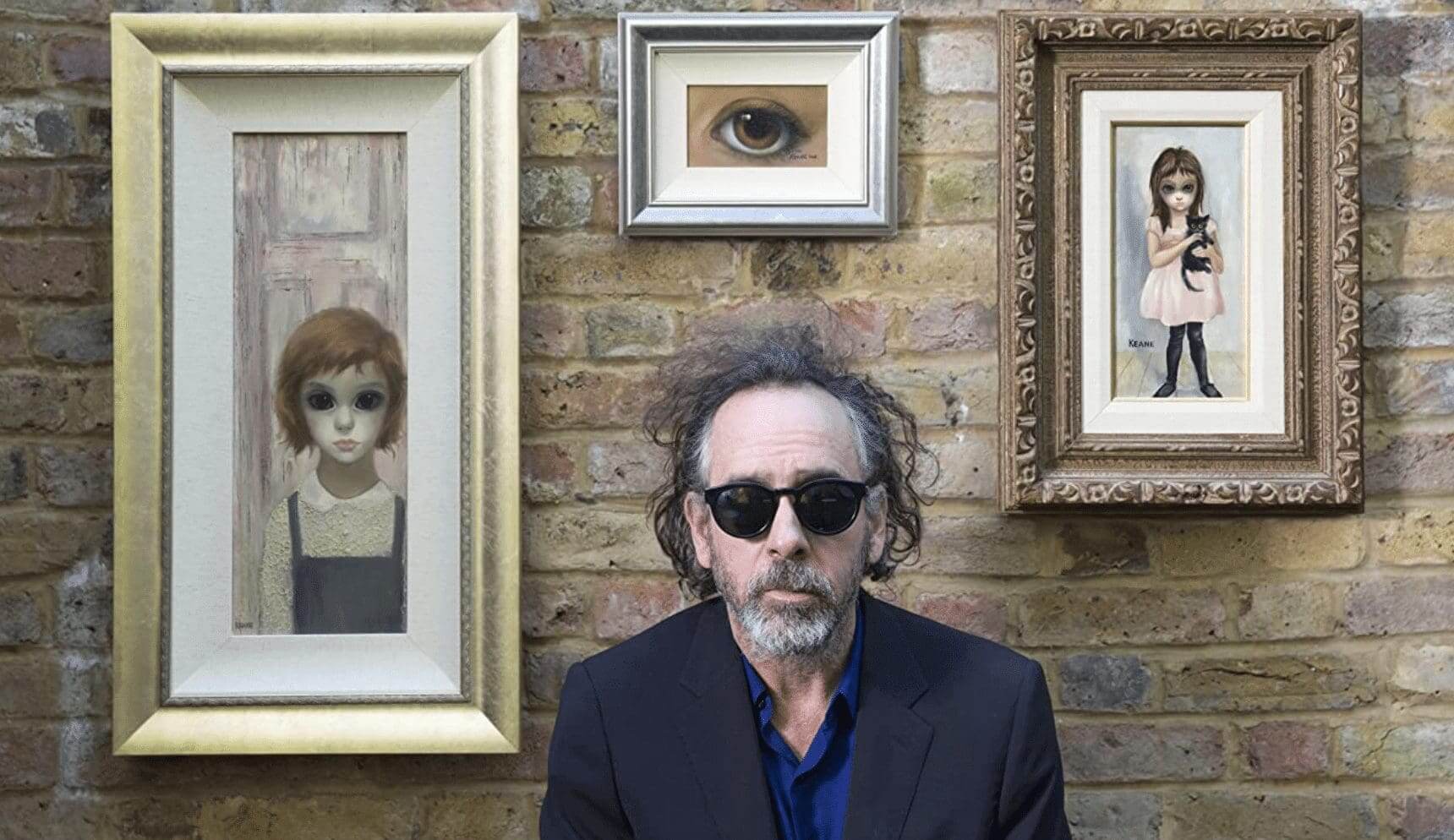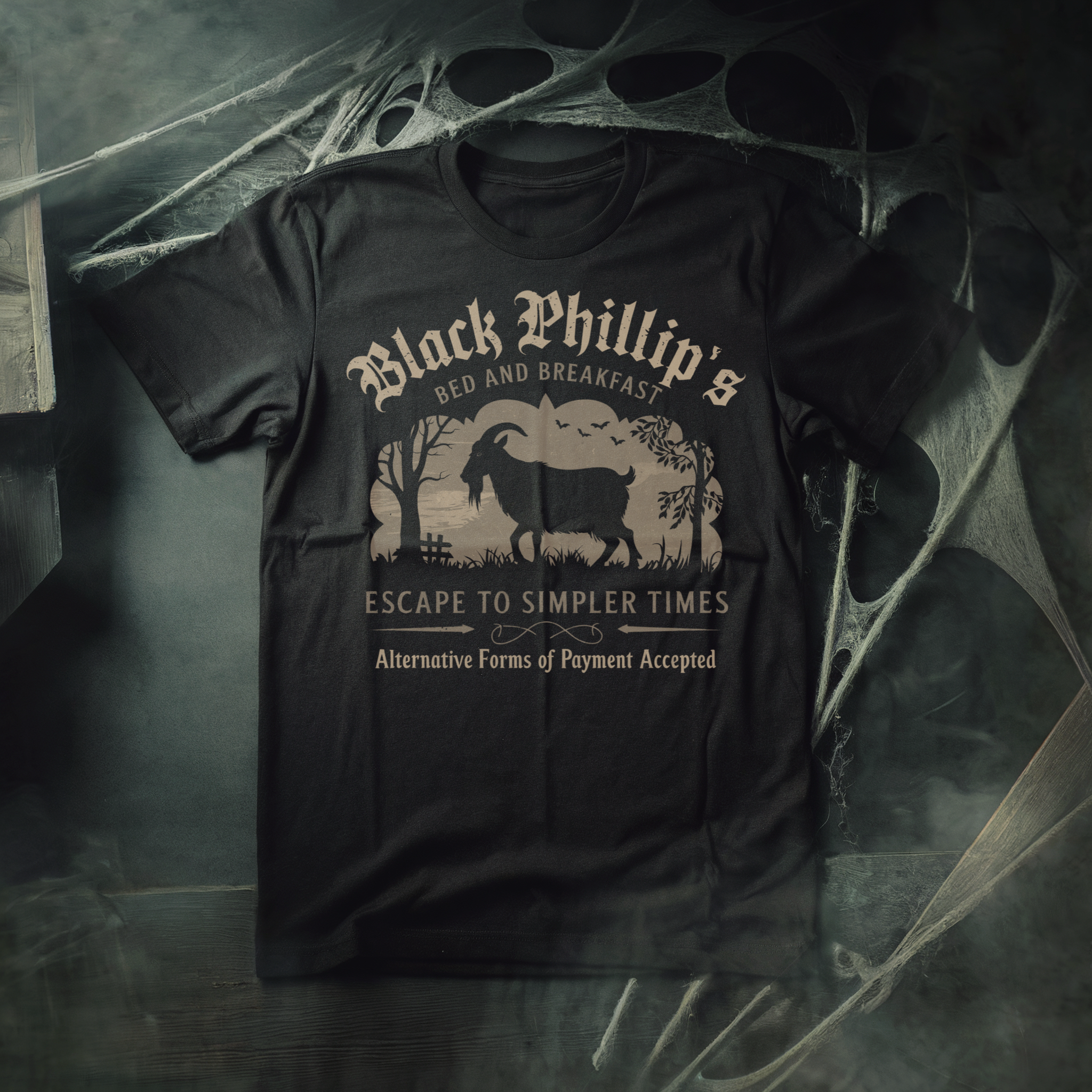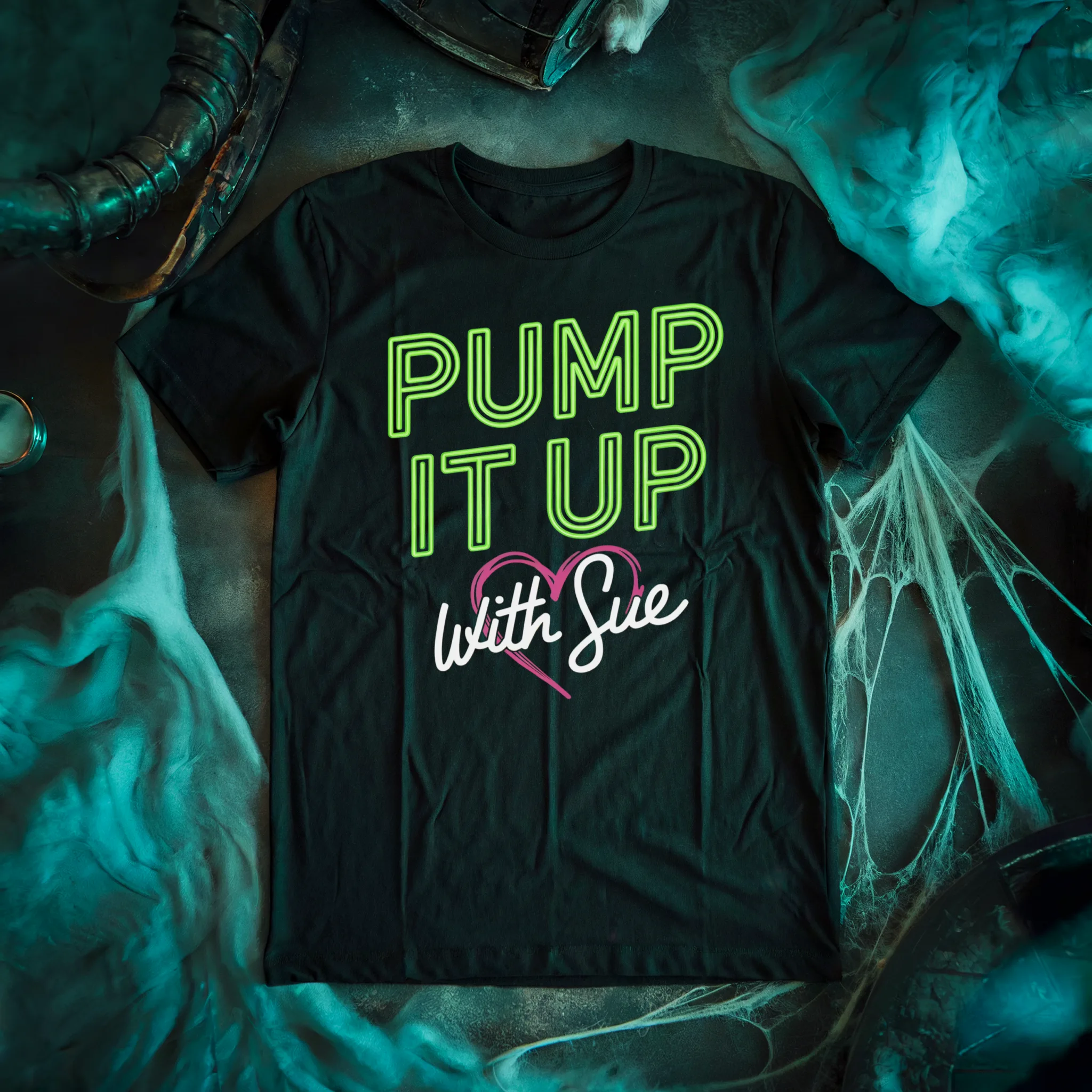Iconic can mean a lot of things, and certainly in the horror genre it has its own plethora of films, people, plots, and scare tactics associated with it. One person that instantly pops into my mind at the mention of iconic is director, producer, writer, and overall creative genius Tim Burton, who is celebrating his 62nd birthday today! In this birthday tribute, I’d like to dive into some of Tim Burton’s lasting contributions to film and discuss how his creations straddle the line between popular and niche, somehow creating a space for everyone to identify somewhere within his long list of credits. The four time Academy Award winner for Best Art Direction Tim Burton’s work is pervasive, mind-bending, and inventive, and will influence animation and genre filmmaking for years to come.
“Funnily enough, Tim Burton’s directorial debut was a family comedy […] Pee-Wee’s Big Adventure (1985).”
Burton was born in Burbank, California. At an early age, he found his favorite activities were drawing cartoons and watching the films of Vincent Price. He eventually attended Cal Institute of the Arts, and he found employment at the Walt Disney company as an animator. One of the Disney films he was most heavily involved in I specifically remember being terrifying to me as a child: The Black Cauldron (1985). Funnily enough, Tim Burton’s directorial debut was a family comedy that released in the same year. Pee-Wee’s Big Adventure (1985) had almost none of the now classic Burton hallmarks. It was not about anything particularly dark like what we think of when we hear Tim Burton nowadays. It is then ironic that Tim Burton was fired by Disney for being “too scary”, despite his first film being family oriented, only to then have The Nightmare Before Christmas (1991) become a distinctive welcome to the holiday season at the Disney parks.
The Haunted Mansion Holiday overlay is the most recognizable Burton inspired Disney tradition, an immersive, delightful, and clever ode to all things Jack Skellington. The Nightmare Before Christmas is a great example of gateway horror – while not as explicit as something like Goosebumps or Scary Stories to Tell in the Dark, Nightmare Before Christmas introduces young kids to darker, more adult themes and spooky images while the narrative remains relatable for all ages, nurturing both the young and young at heart. Burton was influenced by animation at a young age and, in addition to Nightmare, he has also helmed Frankenweenie (2012) and Corpse Bride (2005).

Another beloved Tim Burton classic is of course… Beetlejuice, Beetlejuice, Beetlejuice (1988)! There’s many reasons why this eighties hit remains a staple of pop culture (and was recently adapted into a tremendously successful Broadway musical) – the film just plain works. From a cinematic perspective the film certainly has a unique vision, design, and point of view that defines not only Beetlejuice but much of Tim’s oeuvre. Tim uses spectacle but never goes overboard and he teaches the audience to see the world from new perspectives (evidenced in the inventive sandworm design, the model town that Beetlejuice inhabits, and the transformative Netherworld set). On top of creating the quintessential atmosphere, the film deals with themes of loneliness and questions about life after death with humor and lightness, teaching us to laugh at the darkness in life, not run from it, and inspiring generations to find hope and joy in the journey of life and the will to stay alive, just like Lydia Deetz. Also how’s this for iconic character work: despite being the titular demon and most identifiable aspect of the film, Beetlejuice only appears in 17.5 minutes of the feature.
Not a fan of the undead or spooky? That’s alright, because Tim Burton has also brought his signature style outside the horror and animation worlds. He directed Batman (1989) and Batman Returns (1992), two more collaborations with Michael Keaton. He’s also transferred his zany, colorful, at times morbid style to plenty of other ventures in the live action world. He’s taken on classics such as Charlie and the Chocolate Factory (2005) and Alice in Wonderland (2010) and flipped them on their heads, transforming them into almost entirely new stories and worlds through his unique perspective.
“You can look at any of his films […] and across all of these widely different genres, you still know you’re watching a Tim Burton film.”
One of my favorite things across Tim Burton’s work is the elasticity of his style. You can look at any of his films, which range from a superhero blockbuster to updates of classic Disney animation to a murderous musical, and across all of these widely different genres, you still know you’re watching a Tim Burton film. He has a unique visual style that is instantly recognizable; so much so that he has started to inspire others and I know that I personally refer to other works as Burton-esque. That blend of lighthearted and macabre defies age and categorization. This is also in part to his loyalty to his collaborators. A slew of familiar faces, notably Michael Keaton in his early work, and then Johnny Depp and Helena Bonham Carter, helps to lend a nice consistency to the eerie canvases Burton creates. No film better encapsulates Burton’s dichotomy of light and dark than Edward Scissorhands (1990). The fish-out-of-water story of a leather clad, artificial man finding himself in a brightly colored, suburban neighborhood strikes one of the harshest contrasts across his films.
Tim inspires the strange and unusual and encourages us to embrace darkness and look for the path-less-taken. His films consist of a deep underlying empathy for the characters and worlds he builds, elevating his talent to create works that stand the test of time. His creations and vision inspire me endlessly as a creator, and I am sure everyone joins me in wishing him a very happy birthday.
What’s your favorite Tim Burton movie? Let us know on our Twitter, Reddit, or Facebook! And for all the Tim Burton celebration your spooky heart can handle, stay tuned to Nightmare on Film Street.










